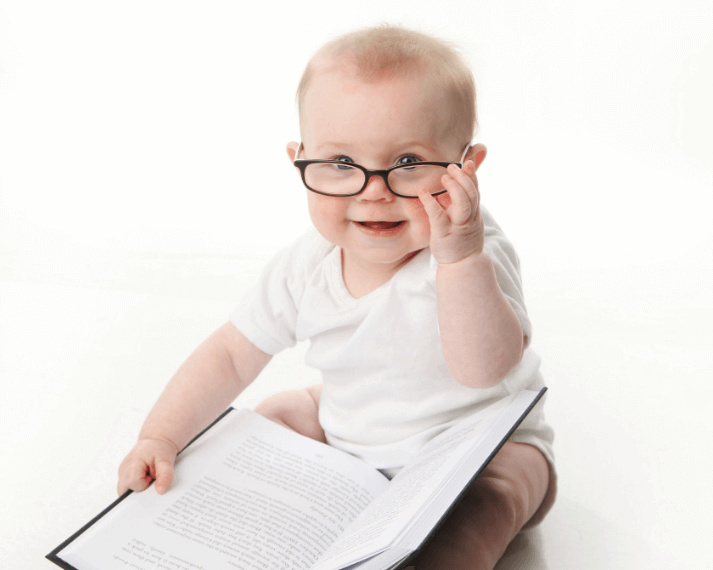Originally answered on Quora: What are the changes in the brain that underlie the rapid language spurt by 3 years of age?
Humans are born with most of the neurons they will ever have, but for about 2 more years after birth, some new neurons will continue to be added to the brain in areas such as the prefrontal cortex, cerebellum, olfactory bulb, and hippocampus. After about 2 years of age, the brain generally stops producing new neurons, except in the olfactory bulb (for smelling) and the hippocampus (for learning and memory).
In parallel to the generation of new neurons, infant brains are busy responding to sensory input and linking up networks of neurons via an exuberant proliferation of synaptic connections. In the first 3 years of life, more connections are made than are lost. This sets the critical groundwork for the development of language pathways in the brain and is a “sensitive period” for proper language development. Peter Huttenlocher, who is considered the father of developmental cognitive neuroscience, observed that the number of synaptic connections in an infant brain greatly outnumbers that of an adult brain. Thus, the developing brain appears to take the strategy of first laying down an abundance of pathways for connecting up the network and then fine-tuning those functional pathways throughout later childhood and early adulthood by pruning away the excess connections.
During the time the brain is making trillions of new synaptic connections, the baby is learning from the sensory input of the surrounding environment. Patricia Kuhl was one of the pioneer researchers on early language development and speech perception in infants. Kuhl and colleagues proposed that the human baby brain is initially “wired” to be able to learn any language, but it loses this ability as the brain changes to be more specialized for processing one’s native language. They demonstrated that babies are born with an exceptional ability to discriminate specific speech sounds from any language. However, by about 6 months of age, infants are no longer able to discriminate as many sounds, and they become more sensitive to the speech sounds that are characteristic of the language(s) that are spoken most often around them. This marks the beginning of the process of learning to connect individual phonetic sounds together to form whole words (/da/ + /d/ = dad) and then eventually connecting words together into sentences. Also around this time, babies will begin to have greater control of the muscles in their body and begin to use their vocal chords to babble. Making these incoherent sounds is part of natural language development and help to train the sensorimotor skills that are needed for speech vocalization. Real words do not appear until around 1 year old. Finally, if all goes well, as toddlers approach 3 years of age – around the time of their peak synaptic count – there is a rapid vocabulary spurt in language development as the connections all come together.
